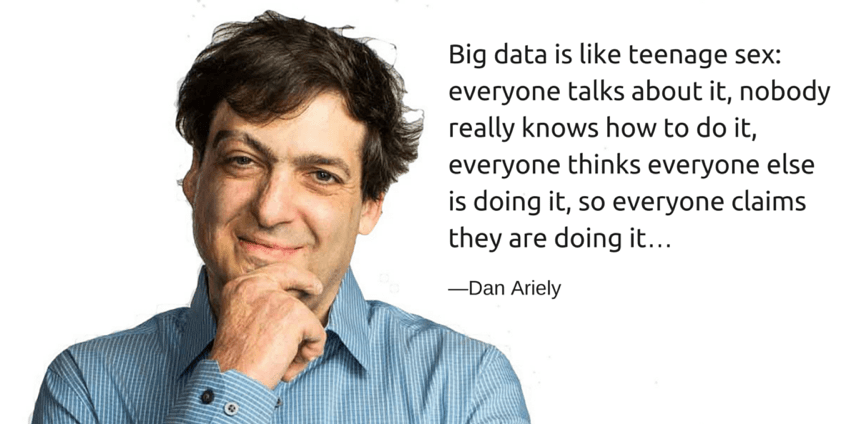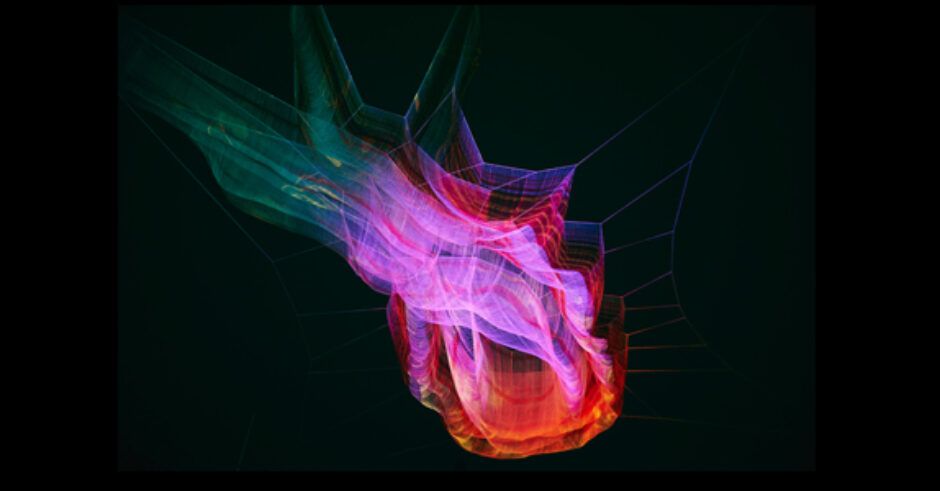There is an important issue in the world of Procurement. While the future of the function is at stake, too many CPOs and Procurement organisations are looking at the future of Procurement solely through a technological prism and consider technology as the end (when it is the means to an end).
It is no surprise then that the questions that are at the top of their agenda are centered around what technology (RPA, blockchain, big data, AI,…) they should focus on and implement. It is as if this or that piece of technology would magically fix all of their problems.
Focusing on the what, and not on the why, is like putting the cart before the horse.
This is precisely what I see happening with some of the latest technologies like AI and blockchain. The thing is, they have considerable potential for Procurement and Supply Chain management (see here for what blockchain truly means for Procurement). However, the way Procurement approaches them is wrong and jeopardizes the chances for organisations to use them as a value/business enabler and not just as a mere tool.

It is time to go beyond the hype and buzzwords, to forget about the technological aspects (comprehensible only by experts as new technologies are more and more complicated in their inner workings) and get to the bigger picture to see them with business eyes (comprehensible by all).
And, when considering IoT / Big Data / Blockchain / AI, the bigger picture is about data, insights, and actionable intelligence: the core of business activities! These technologies represent, when combined, an opportunity to address the “big data” challenge, the “6 Vs”: Value, Volume, Variety, Velocity, Veracity, and Variability.
Putting technology back where it belongs…
“When we talk with leaders about what they mean by digital, some view it as the upgraded term for what their IT function does. Others focus on digital marketing or sales. But very few have a broad, holistic view of what digital really means.” Why digital strategies fail, McKinsey
A technology-centric approach to envisioning the future of a Procurement organisation is wrong because:
- Technology certainly plays a central role in enabling organisations, however, it is a means to an end. So, to define where their team needs to be in the future, CPOs should instead look at what value proposal the business will expect in the future, then, translate it into the capabilities (talent, technology,…) that they have to build or develop.
- Looking at a piece of technology in isolation narrows down the vision and prevents people from seeing the bigger picture. They focus, first, on features and other technicalities vs. business enablement and outcomes.
The mistakes I just described are understandable. It is because the environment does not help provide CPOs and Procurement teams with the right perspective and distance, which are conditions to building a coherent story or digital journey:
- There is an ever-increasing pace of technological innovations making keeping up quite a challenge.
- They are constantly bombarded with marketing messages, articles, and other content filled with “buzzwords” and call to actions to use this or that piece of new emerging / life-changing technology.
- They have growing pressures from stakeholders and boards to “digitally transform” their operations (without anyone fully understanding what the digital transformation of Procurement means…).
It is even more challenging when they have to deliver on a daily basis with a shrinking budget and staffing. It is comparable to trying to change the wheel of a car while driving…
It explains, in part, that the awareness of Procurement professionals regarding the potential and implications of IoT, blockchain, and AI is relatively low. As they often focus more on the what and not enough on the why, the perception they have of these technologies is biased or incomplete:
- AI = rise of super-intelligent robots that will take our jobs,
- Blockchain = bitcoins, things for hackers and illegal commerce,
- IoT = only applicable to digital products/ offerings.
However, there is a bigger story in the background. It revolves around data and business decisions. These three technologies fit perfectly together and, taken as a whole, represent a significant evolution in the capacity of organisations to become more efficient and effective.
Part 2 is to follow next week.
This article is brought to you exclusively by The Business Transformation Network.





